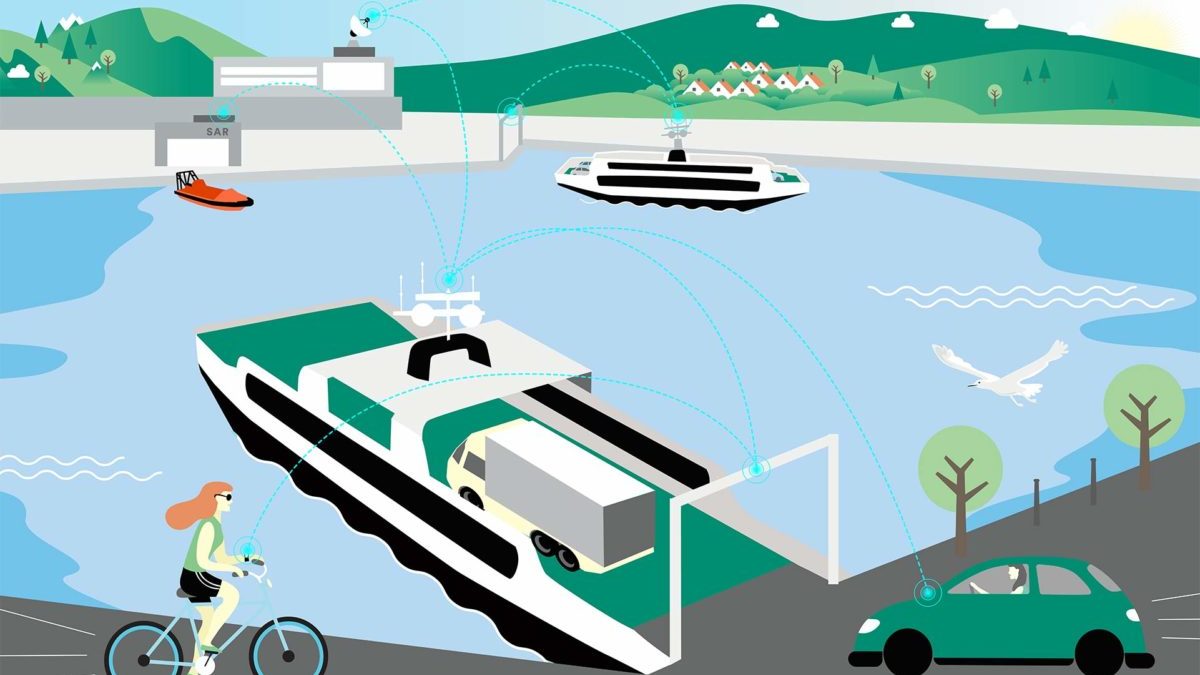Bridges and tunnels are to a large degree used in Norway for coastal and fjord crossings between islands and the mainland. At relevant crossings, traditional ferries are often phased out or considered a lesser solution. Instead, comprehensive tunnel and bridge projects are initiated. Perhaps there is a better alternative where smart solutions are utilized?
Can small, autonomous, zero emission ferries with frequent departures provide the end user a better solution than today’s ferry system? May smart, zero emission ferry systems be substitute for extremely costly bridges and tunnels? Further, will investment in the development of autonomous zero emission ferries further strengthen Norway’s position and Norwegian maritime business as a world leader in green shipping?
The purpose of this pilot is to develop credible transport concepts, where zero emission ferries with optimized manning are in focus, and assess whether this is a feasible, green alternative that gives the end user better options than today’s solutions. For example, will several, small, autonomous battery ferries with frequent departures, supported by a remote control center, operate at the same cost as fewer, bigger ferries with less frequent departures? Can the transport concepts consist of several ferries making up a mobility system, where safety and redundancy is assessed for the entire system and not isolated for each individual ferry?
May we solve today’s transport demand along the coast without constructing additional tunnels and bridges? The ferry crossing considered in this pilot study shall be suitable for ferries with batteries as only energy source. Emphasis shall be on developing a business case scalable for national and international conditions.
Goal of pilot project
The aim for the pilot project is to present opportunities and barriers for a concept consisting of several, smaller autonomous zero emission ferries as a substitute for today’s ferry solutions. In addition, the ferry concepts should be good alternative solutions to new tunnels and bridges at the relevant crossings.
Massterly is a collaboration between Kongsberg Maritime and Wilhelmsen. The company’s purpose is to make maritime transport more competitive compared to land transport by implementing smart autonomous solutions. Reduced manning cost are made possible both due to technology development and support from an operator at a remote control center providing benefits due to scaling.
In the coming years Massterly will start operation of unmanned, small cargo vessels from their remote control center, and in this pilot Massterly aim to explore the opportunities for autonomy also in the ferry-segment. The ASKO-pilot, where autonomous, electrically propelled ships (sea drones) transport goods across the Oslo fjord, which first started as a GSP pilot, is one of the relevant operations. Read more by following this link “A flexible fully electric transport system on autonomous ships” .
Status
February 2021
Kick-off with the pilot participants and contributors was completed in February 2021. The Norwegian Public Road Administration (SVV) is partner in the pilot. Pilot owner Massterly by project manager Pia Meling highlights SVV and their contribution to innovation.
It is crucial with a long term, forward leaning and engaged customer for the equipment manufacturers and ship owners to invest in innovative solutions and new technology – and this is exactly the role SVV wants to take regarding automatisation and digitalization of the ferry operation. In parallel to this pilot in GSP, SVV started a market dialog aiming to use Larvik-Oppedal as pilot-route for automated crossings, potentially with reduced manning but with primary focus on efficiency, safety, and better ferry services for the customers.
May 2022
The pilot and high-level study is in the final phase and the report (in Norwegian) is finalized and published. It describes the opportunities and challenges related to new technologies, how complex systems and systems of systems require new knowledge and updated approaches, how the functions of a transport system can be fulfilled by the sum of capacities in the system rather than looking at a single ferry, and examples of how these functions can be allocated for three transport concepts/crossings. Utilization of such smart solutions could be a better alternative for fjord crossings than bridges and tunnels.
Several important recommendations have been presented to the key stakeholders. SVV will continue the project with a new more specific project. Described in Norwegian here.
The main conclusion from the pilot project is: A concept where independent single ferries are being replaced by a fleet of several smaller ferries, that support each other and operate according to the real-time demand, where cars and ferries “communicate”.

